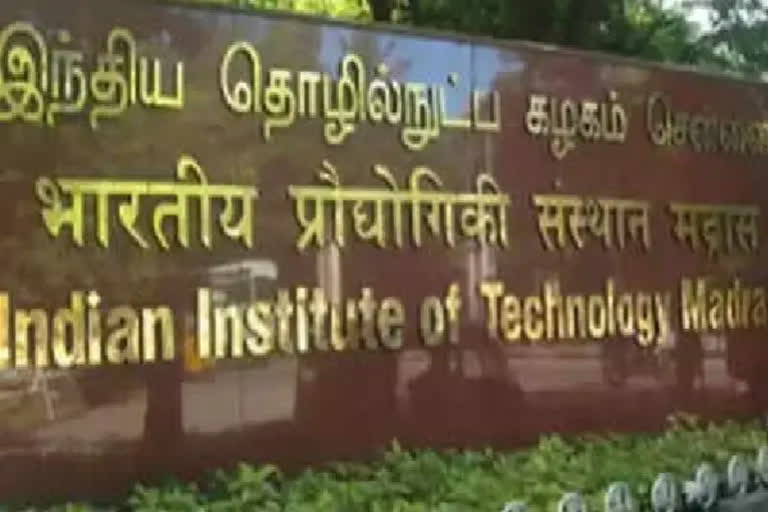New Delhi: Researchers at the Indian Institute of Technology (IIT), Madras have developed a new technique that can provide a clear and high-quality visualisation through reconstructed ultrasound image. The research could facilitate better diagnosis of diseases, detection of minute abnormalities and better real-time image-guided biopsy procedures and treatment monitoring applications.
Ultrasound imaging technique is used to capture real-time images inside the human body. It has a wide range of clinical applications in diagnosis and treatment of medical conditions. The technique is widely used to diagnose the cause of pain, swelling and infection in internal organs and to examine foetus in pregnant women. The main component of an ultrasound machine is a "beamformer", which plays a major role in the final reconstructed image quality. Over the years, there have been several techniques identified to improve the quality of the reconstructed image by changing the beamformer.
The team claims to have developed a new beamforming technique, which is demonstrated to outperform other existing techniques and yields the best image resolution throughout the field of view. The findings of their research have been published in a peer-reviewed journal Scientific Reports. "This research could potentially facilitate several applications like early detection and better diagnosis of diseases, detection of minute abnormalities within human body like renal stones, better real-time image-guided biopsy procedures and treatment monitoring applications," Arun K Thittai, Professor, Department of Applied Mechanics, IIT Madras, told PTI.
Delay and Sum (DAS) beamformer is the most used ultrasound imaging technique in commercial systems due to its simplicity of hardware implementation. However, it has low image resolution.Recently, with advancements in computational capability an alternative beamformer based on Filtered Delay Multiply and Sum (F-DMAS) technique was introduced to compensate for the drawbacks of the DAS.
"Based on this, several similar techniques are being developed in research labs across the world. However, there were several disadvantages in these techniques including 'low noise rejection' during which images are corrupted with more noise, which is amplified by multiplicative effect of these existing techniques and 'low contrast to noise ratio' as even though these techniques can improve resolution, they degrade contrast," said Anudeep Vayyeti, a research scholar at IIT Madras. "These drawbacks make it challenging to detect small changes in the underlying tissue from the captured image, which otherwise can help in early diagnosis of the disease. Hence, we have developed a new technique called Filtered Delay optimally-weighted Multiply and Sum (F-DowMAS), which will provide images that have a higher quality compared to existing technologies," he added.
The researchers claimed that the developed F-DowMAS technique can improve both resolution and contrast of an image simultaneously and parallelly it can also reduce noise levels to a greater extent in the reconstructed image. "These enhancements will help clinicians notice the minute changes in anatomy, thereby helping in early and better diagnosis of diseases. Also, the developed technique can be easily integrated to the existing commercial Ultrasound scanner platforms without any need for additional hardware changes, which makes this an economical and feasible solution" he said.
PTI



